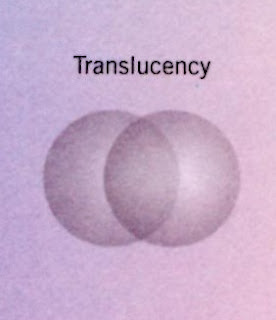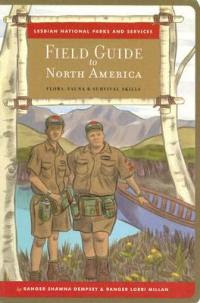Word and Ding
Avital Ronell intro to Verso edition of Valerie Solanas SCUM Manifesto.
Valerie Solanas, who took no prisoners, took pleasure in the injurious effects of language and, with Lacanian precision, understood that words are bodies that can be hurled at the other, they can land in the psyche or explode in the soma.Later
Before one becomes overly confident about arresting her outrageous development in terms of psychotic aberration, it is important to note that psychosis speaks, that it often catches fire from a spark in the real, it is fuelled and fanned and remains unsettling because, as wounded utterance, it is not merely or solely demented.Ronell points out the Solanas was taking aim at women too — as collaborators. This is a point she also expresses in an interview with Anne Dufourmantelle and serves as a bridge to talking about Catharine MacKinnon [American philo].
Elle est très radicale, parfois un peu comme Valerie Solanas, mais plus universitaire et même raffinée — elle pourrait donner l'impression d'être puritaine, mais elle ne l'est pas. […] Elle a mené dernièrement une étude sur la peur du viol dans la guerre, où elle dit que, bien qu'on ne puisse pas nier que les femmes soient violées pendant la guerre, on ne dit jamais, en revanche, à quel point les hommes se violent entre eux.In Fighting Theory where the interviews are translated by Catherine Porter, there is a bit more offered to contemplate. Porter notes in her translator's preface: "As Avital Ronell read through my final English-language draft, she occasionally added material to clarify or extend an argument, once in a while deleted passages she had come to deem superfluous, and frequently made small adjustments in the language." And this collaboration nets the following result:
She is gripping, sometimes in terms of insight even a bit like Valerie Solanas, but more academic and even refined — she could come across as a puritan, but that's not what she is. […] Recently, she carried out a study on the fear of rape in war. In it she says that, even thought it is undeniable that women are raped during wars, in contrast no one ever mentions the extent to which men rape one another, performing rituals of mutual or hierarchized debasement that remain hidden from discourse of view.In light of the revelations about Abu Ghraib, the keyword here is "extent".
And so for day 1448
30.11.2010

















